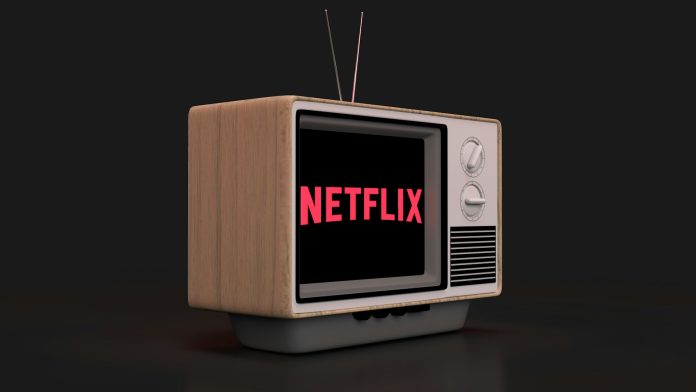Sports broadcasting has undergone a remarkable transformation over the years, from its humble beginnings on radio to the digital streaming era. This blog will take a deep dive into the evolution of sports broadcasting, highlighting key milestones, technological advancements, and the impact on sports fans and the industry as a whole.
1. The Early Days: Radio Broadcasts
- 1920s-1930s: The first sports broadcasts were on radio, with commentators describing the action to listeners in real-time.
- Iconic Moments: Radio broadcasting brought iconic moments like the “The Miracle on Ice” during the 1980 Winter Olympics to life for audiences around the world.
2. The Rise of Television
- 1950s-1960s: Television brought sports into people’s living rooms, with live broadcasts of major events like the Olympics and the World Series.
- Instant Replay: The introduction of instant replay revolutionized sports broadcasting, allowing viewers to see key moments from multiple angles.
3. Cable Television and Sports Networks
- 1980s-1990s: The rise of cable television led to the creation of dedicated sports networks like ESPN, providing 24/7 sports coverage.
- Expansion of Coverage: Cable networks expanded coverage to include niche sports and events that were previously not widely broadcast.
4. The Digital Revolution
- 2000s-2010s: The advent of the internet and digital technologies transformed sports broadcasting, with the emergence of online streaming platforms.
- Mobile Viewing: Mobile devices enabled fans to watch games and highlights on the go, changing how and where people consume sports content.
5. Over-the-Top (OTT) Streaming
- Present Day: OTT streaming services like Netflix, Amazon Prime Video, and Disney+ have entered the sports broadcasting arena, offering live games and original sports content.
- Personalized Viewing: OTT services provide personalized viewing experiences, allowing fans to choose what they watch and when.
6. The Future of Sports Broadcasting
- Emerging Technologies: Virtual reality (VR), augmented reality (AR), and 5G technology are poised to revolutionize sports broadcasting, offering immersive and interactive experiences.
- Social Media Integration: Sports leagues and broadcasters are increasingly using social media platforms to engage with fans and share content.
7. Social Media’s Role in Sports Broadcasting
- Fan Engagement: Social media platforms have become key channels for sports leagues, teams, and broadcasters to engage with fans, share content, and build communities.
- Real-Time Updates: Social media provides real-time updates and highlights, allowing fans to stay informed about games and events even if they are not watching live.
- Content Distribution: Social media platforms enable the distribution of sports content to a global audience, reaching fans in new and engaging ways.
8. The Impact of Streaming Services
- Cord-Cutting: The rise of streaming services has led to a decline in traditional cable and satellite TV subscriptions, as more viewers opt for streaming options.
- Competition: Streaming services have increased competition in the sports broadcasting market, leading to more choices for consumers and potentially driving down prices.
9. Globalization of Sports Broadcasting
- International Reach: Advances in technology have made it easier to broadcast sports events to a global audience, expanding the reach of sports leagues and teams.
- Cultural Exchange: Sports broadcasting has facilitated cultural exchange and understanding, as fans around the world can enjoy and appreciate different sports and athletes.
10. The Future of Sports Broadcasting
- Immersive Experiences: Technologies like VR and AR will continue to enhance the sports viewing experience, offering immersive and interactive features.
- Personalization: Sports broadcasters will increasingly offer personalized viewing experiences, allowing fans to customize their content based on their preferences.
- Integration of Data and Analytics: Data and analytics will play a larger role in sports broadcasting, providing fans with deeper insights into the games and players.
Verdict
The evolution of sports broadcasting from radio to digital streaming has transformed how fans experience and engage with sports. With the continued advancement of technology, the future of sports broadcasting promises to be even more immersive, interactive, and personalized, offering fans an unprecedented level of access and engagement.


















